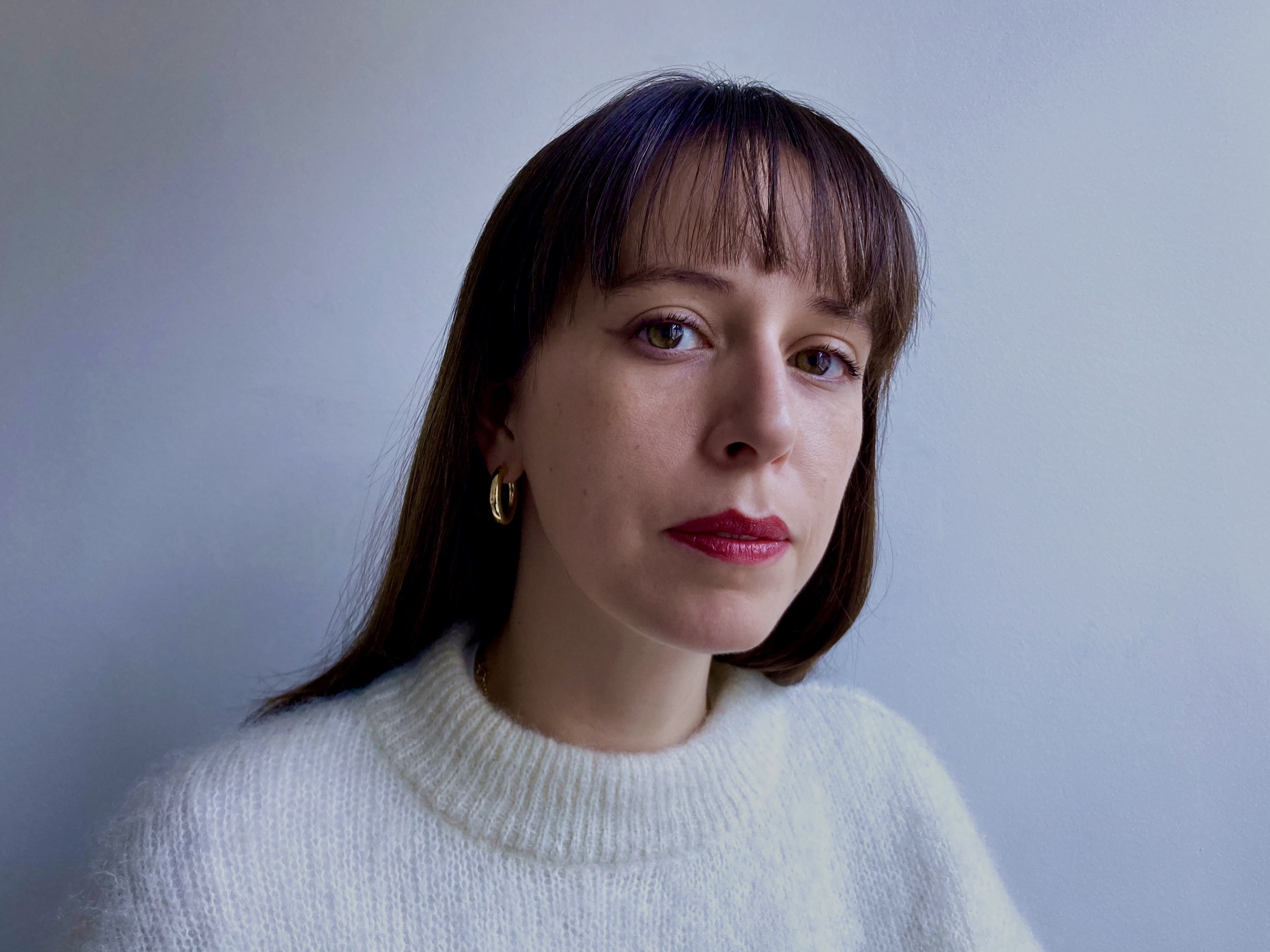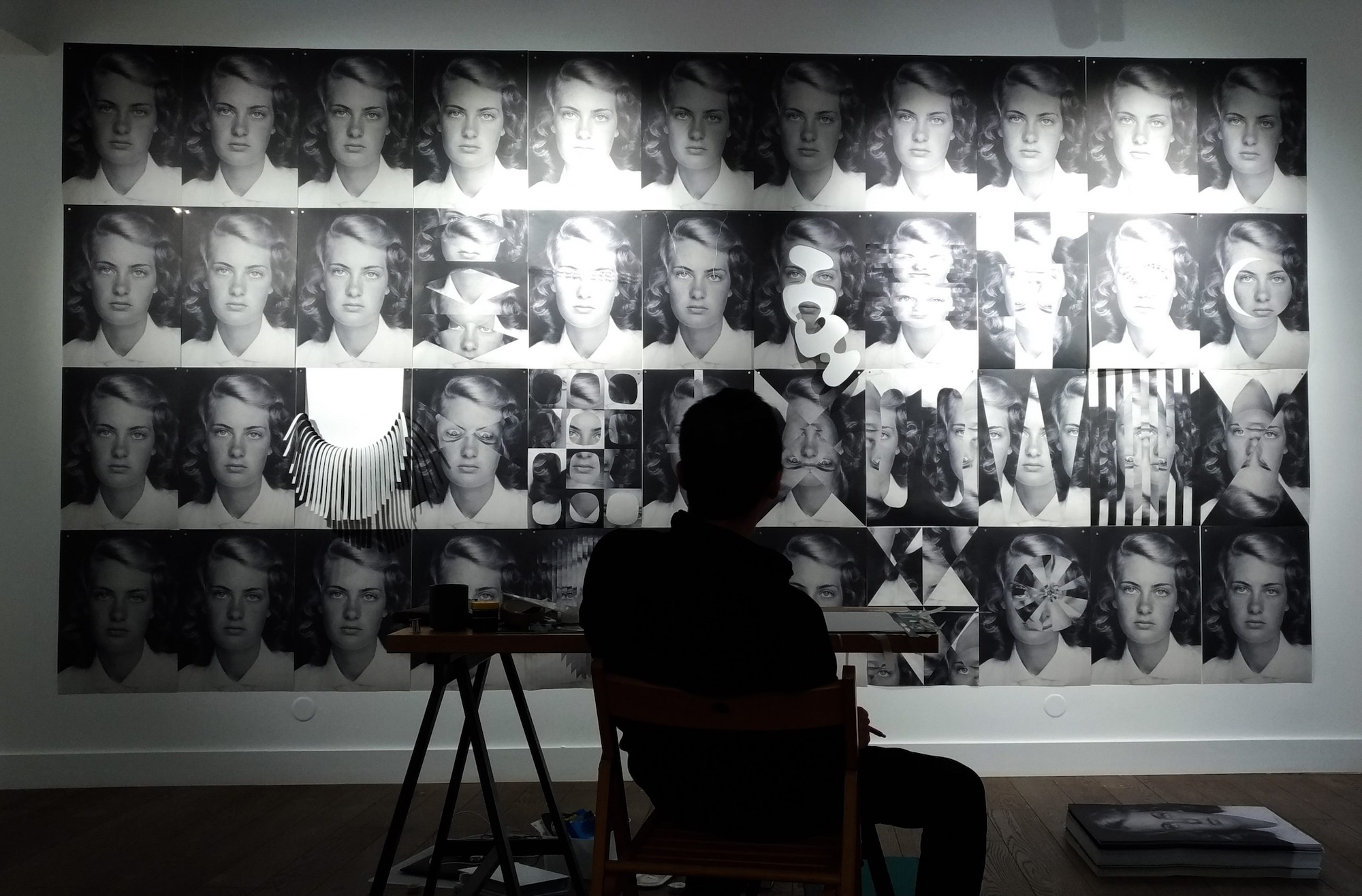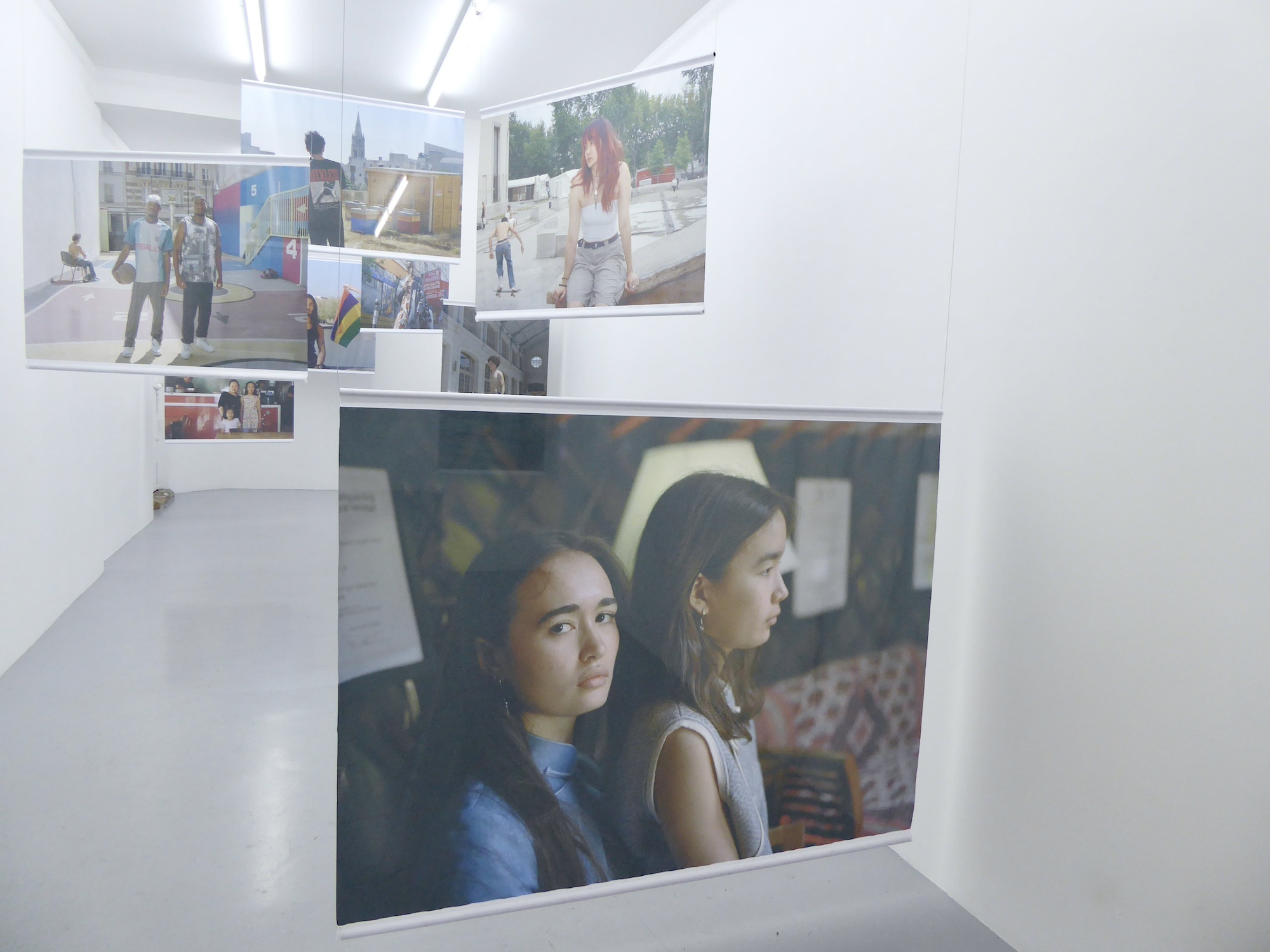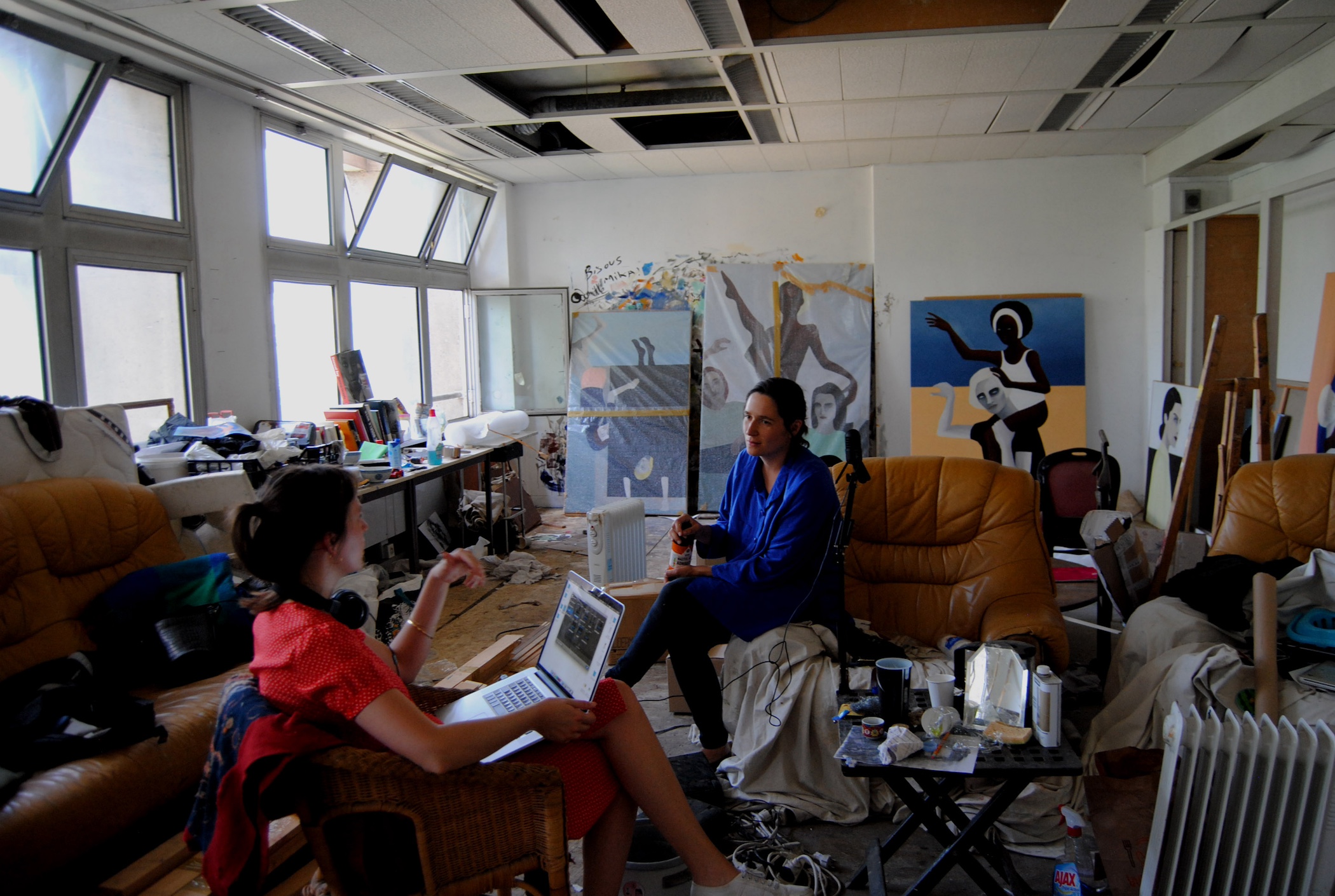
Meet Alessandra Chiericato: Curating the Body, Space and Visual Culture
#Alessandra Chiericato #CFC Members ProgramCFC Members Spotlight is a bi-monthly interview series showcasing the work of our members on our blog and social media. Through this series, we highlight the diverse curatorial practices in our community and encourage new connections and exchange.
Meet CFC Member Alessandra Chiericato
Alessandra Chiericato (Italy, 1992) is an independent curator based in Paris. Through exhibitions, residency projects, podcasts, screenings and texts, Alessandra Chiericato focuses on the way we generally relate to images, questioning their field of action and their limits. While exploring the notion of space, she is also interested in the work of artists who question the representation of the body and mechanisms of control. Her curatorial research project, The Cannibal Image, attempts to shed light on the deceptive evidence of our understanding of contemporary images, challenging conventional notions of identity, existence and truth, offering a rich tapestry of enquiry into the complexities of contemporary visual culture. She is currently the curator and founder of The Room Projects, a nomadic platform for experimentation with curatorial practices based on creative spaces. Member of C-E-A France, she has worked for a number of public and private institutions, galleries, artists and curators. In 2024, she was awarded the Curatorial Research Fellowship of Rencontres de la photographie d’Arles.
We recently interviewed Alessandra Chiericato to learn more about her curatorial journey, inspirations, and insights into the art world.
Image credit: Kensuke’s Room. Forever Mine, SEPTIEME Gallery, ©The Room Projects, 2019
CFC: What inspired you to pursue a career as a curator? Was there a particular moment or experience that sparked your interest?
AL: I decided to pursue a career as a curator because I wanted to support the work of artists, to help them showcase their creative process, to create immersive experiences for the public. My background in space design already gave me a different approach in terms of curating. I wanted to try to translate this approach to space design into the artistic field. If I have to choose a precise moment when I decided to make a career in curating, I think it was when I read a book by Claire Bishop about Installation Art at university. I remember thinking that I would have loved to have been the curator of Ilya Kabakov’s Ten Characters exhibition. In this sense, I think the most beautiful thing is to work with an artist in the conception of a monographic exhibition: exploring endless possibilities, experimenting, defining an immersive environment, are all things that I think really allow you to immerse yourself in the artist’s universe, and that is what I want to support with my curatorial practice.
CFC: What thread or idea ties your work together?
AL: My curatorial practice focuses on two main areas, which develop in parallel but also interplay with each other.
On the one hand, I am interested in issues related to the representation of the body in contemporary art, paying particular attention to the work of artists who, using archival documents or drawing inspiration from archetypal images, attempt to reinterpret the source of this imagery, thus offering a new perspective on the subject represented. An example within my practice is the exhibition “Des récits et des histoires” by artist Amado Alfadni, that took place at the French Institut in Cairo, Egypt in November 2023. The exhibition was the result of a residency program called La Maison d’Odile, that I run between 2021 and
2023. With this exhibition, Amado AlFadni guides us toward a cross-sectional reading of archive material, inviting us to deepen our relationship with image, representation, and history. The artist thus creates a new narrative that looks like an intimate journal and ofters us a fresh interpretation of the research, exchanges, and encounters that marked his stay at La Maison d’Odile.
Secondly, I explore the concept of ‘space’ in curatorial and artistic practice. This dimension prompted me to found The Room Projects, a hybrid, nomadic, urban and rural curatorial platform that aims to investigate the changing nature of the studio and the way it transforms according to the movements, both physical and metaphorical, of its owner. One example is the exhibition Kensuke’s Room. Forever Mine by the Japanese artist Kensuke Koike, which I curated at the SEPTIEME gallery in Paris in 2019. In this exhibition/residency, the artist transformed the gallery space into a creative workshop, working on a single black-and-white image, breaking it down and recomposing it into 250 unique pieces that gradually covered the walls of the gallery.
These two axes converge in the curatorial research project The Cannibal Image, which explores a possible incarnation of the image in the exhibition space, revealing new horizons of meaning and interpretation. Inspired by Dante’s Inferno in The Divine Comedy, in particular Canto XXXIII, The Cannibal Image seeks to fuse different impulses and languages, creating a space in which order and chaos converge. This ambivalence encourages reflection on the representation of the body in the visual arts, challenging conventional notions of identity, existence and truth, and providing fertile ground for investigating the complexities of contemporary visual culture. This research aims to document the body’s role in art, deconstructing representation to (re)construct its presence.
CFC: Name a project or exhibition that holds special significance for you. What made it stand out?
AL: The exhibition THIS IS US – Paris with the artist Maria Di Stefano has a very important meaning for me. Pursuing a project begun in Rome in 2021, this photographic project features twenty young Parisians of non-European origins who cannot obtain French nationality until the age of eighteen.
The portraits presented in the exhibition reflect the questions around the notion of identity – the same questions that, over several months of research, led Maria Di Stefano to adopt an approach that resonates with that of the novelist, poet and philosopher Édouard Glissant, and more specifically to his concept of opacity. This notion, expressed by contrast with the transparency of the fabrics on which the photographs are printed, finds its echo throughout the series.
Maria Di Stefano’s work always begins with long conversations. Photography is only the outcome. Unintentionally, all the talks that took place behind each portrait seemed to illustrate the opacity. In THIS IS US – PARIS, the portraits translate these unique exchanges, in which the notion of relation – another pillar of Edouard Glissant’s thought – becomes essential to the encounter and, consequently, to the photo. Maria Di Stefano’s photographic gesture thus becomes multi-language, a tool for writing down the crucial bond between opacity and relation.
To mark the artist’s first solo exhibition in France, a selection from the series THIS IS US – PARIS was presented in a unique installation. The transparency of the fabrics on which the portraits of Balthazar, Maharu, Rania, Jhied, Patrick and Morro, among others, were printed invited visitors to glimpse their opacity.
Here, the unpredictable remains an essential condition and an attitude to be assumed.
Image credit: THIS IS US – PARIS ©The Room Projects, 2023
CFC: What’s your favorite part about being a curator? And, if you don’t mind sharing, what’s the most challenging?
AL: What I like most is the contact with artists, the exchange of ideas, the possibility of being enriched in a mutual exchange. I also like the multidisciplinary nature of this work, which allows you to have a 360-degree perspective on what it means to be a professional in the arts. Of course, this is at the same time an aspect that is not always easy to handle. You can easily feel overwhelmed.
CFC: Any hot takes on the current state of the curatorial field or the art world in general? What do we need more or less of?
AL: I believe curators need to strike a delicate balance. They should offer insightful perspectives on artists’ work, but without overshadowing the artists’ intentions or making it all about their own curatorial practice. Otherwise, they risk detracting from what the artist is trying to communicate.
Image credit: Recording of “Square Meters” podcast at Rebecca Brodkis’ studio, ©The Room Projects, 2020
CFC: What advice would you give to aspiring curators just starting their careers?
AL: Remaining flexible without betraying oneself. Taking the time for research and studio visits. Working with people who are appreciated not only professionally but also on a human level.
Explore more of Alessandra Chiericato’s work on The Room Projects website.
Profile photo credit: Alessandra Chiericato, ©The Room Projects, 2024
Are you interested in learning more about our CFC membership? Dive into how to become a CFC member here.










